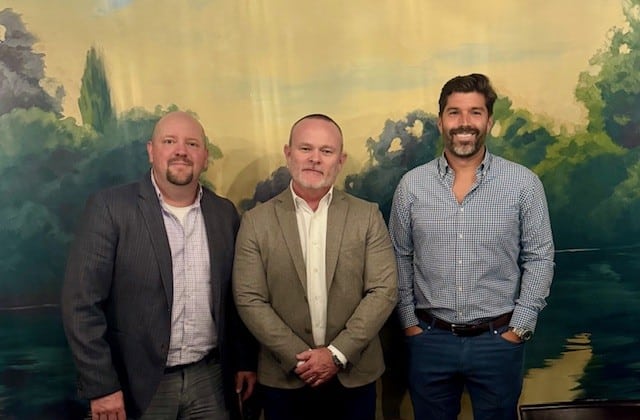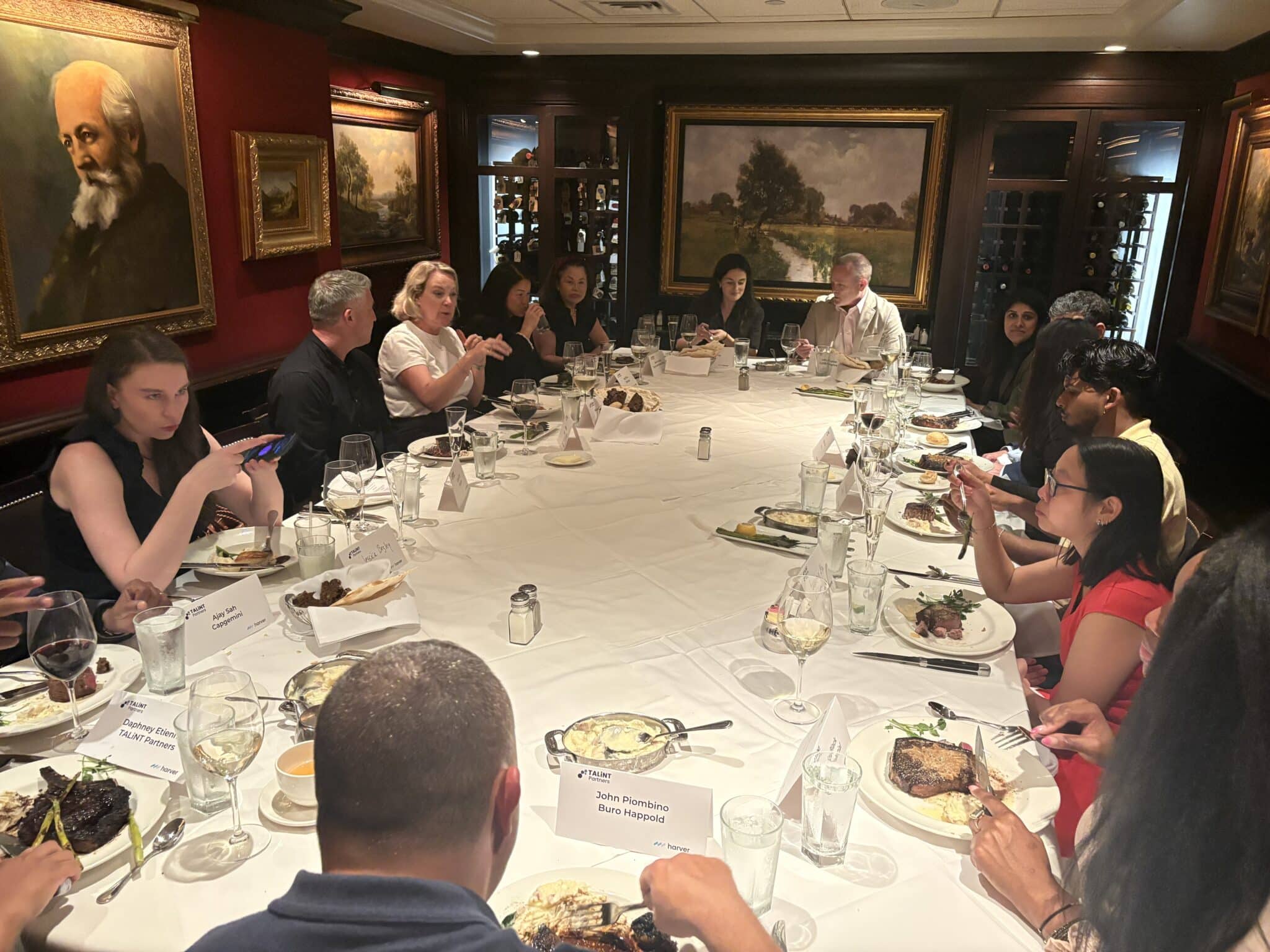In our dynamic business environment, Talent Acquisition (TA) leaders face an ever-evolving array of challenges. The role, once primarily focused on filling vacancies, has expanded to encompass a wide range of strategic responsibilities. This shift has made the job market more interesting but also considerably more challenging. It brings with it a unique set of frustrations, particularly when it comes to how we can measure progress.
The expanding role of TA leaders
The scope of TA leaders’ responsibilities has broadened significantly, and they no longer act solely as hiring managers. Their roles are evolving into strategic partners who play a crucial role in shaping the workforce of their organizations. A key area of focus is employer branding.
TA leaders are now responsible for creating and maintaining a strong employer brand, which involves not only attracting and retaining top talent but also ensuring that the organization is perceived as a great place to work. Additionally, there is a growing emphasis on building diverse and inclusive teams. TA leaders need to develop strategies to help attract candidates from various backgrounds and ensure that the hiring process negates unconscious biases.
What role has AI and automation played?
The rise of AI and automation has also transformed the recruitment process. TA leaders must stay abreast of the latest technologies and integrate them into their strategies to improve efficiency and candidate experience to keep their skills relevant and apt for the evolving recruitment space. Providing a positive candidate experience is crucial, and TA leaders need to ensure that candidates have a seamless and engaging experience from the initial application to onboarding. With the availability of vast amounts of data, TA leaders are expected to make informed decisions based on analytics, tracking metrics such as time-to-hire, cost-per-hire, and quality of hire.
The challenges of measuring progress
While the expanded role of TA leaders comes with many opportunities, it also presents significant challenges, particularly in measuring progress. Unlike traditional recruitment metrics, the new responsibilities of TA leaders are often more qualitative and harder to quantify. An example of this is measuring the impact of employer branding efforts, which can be challenging. While metrics like social media engagement and website traffic can provide some insights, they don’t always capture the full picture of how the organization is perceived by potential candidates.
Tracking diversity metrics is essential, but it can still be difficult to measure the effectiveness of inclusion initiatives. Surveys and feedback can provide some valuable insights, but they might not fully capture the experiences of all employees. The ROI of new technologies can also be tricky to measure. While automation can reduce time-to-hire and improve efficiency, it’s important to ensure that these technologies do not compromise the quality of hire or candidate experience.
Measuring candidate experience can also be convoluted, since surveys and feedback forms might not fully capture the nuances of each candidate’s experience. While data can provide valuable insights, it is important to ensure that the data is both accurate and relevant. TA leaders need to be able to interpret the data and make informed decisions based on it, not let it make decisions for them.
Balancing opportunities and challenges
Despite these challenges, the expanded role of TA leaders presents many opportunities. By embracing their new responsibilities and finding innovative ways to measure progress, TA leaders can make a significant impact on their organizations. Leveraging technology can help to streamline processes and improve efficiency. An example of this is using AI-powered tools to help identify the best candidates and automate repetitive tasks, freeing up time for TA leaders to focus on more strategic initiatives.
Prioritizing diversity and inclusion can help create a more inclusive workplace, attracting top talent and fostering a culture of innovation and collaboration. Building a strong employer brand can help attract top talent and reduce turnover. TA leaders can use social media, employee testimonials, and other tools to showcase their organization’s culture and values. Focusing on candidate experience can improve the organization’s reputation and attract top talent, including providing timely feedback, clear communication, and a seamless application process. By leveraging data, TA leaders can make informed decisions and continuously improve their strategies, tracking key metrics, analyzing trends, and using data to identify areas for improvement.
What does the future hold?
Looking ahead, TA leaders face a future of significant challenge but also considerable promise. As the roles of TA leaders continue to evolve, they need to go beyond traditional hiring practices to become key drivers of organizational culture and champions of diversity. The integration of AI and data analytics will be instrumental, but the real challenge will be balancing these technologies with the need for genuine human engagement.
Measuring success will require new metrics that go beyond traditional ones, focusing on long-term employee engagement, cultural fit, and innovation. TA leaders have the chance to redefine talent acquisition, shaping a workforce that is not only skilled but resilient and adaptable in the face of continuous change. How they navigate these complexities will ultimately determine the future of their organizations and the broader world of work.





